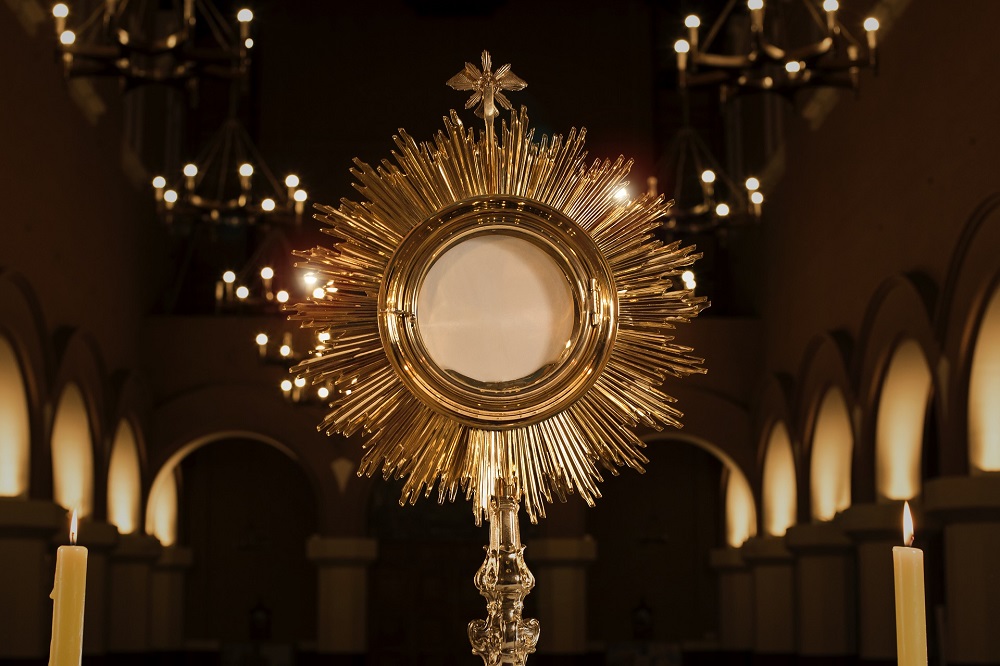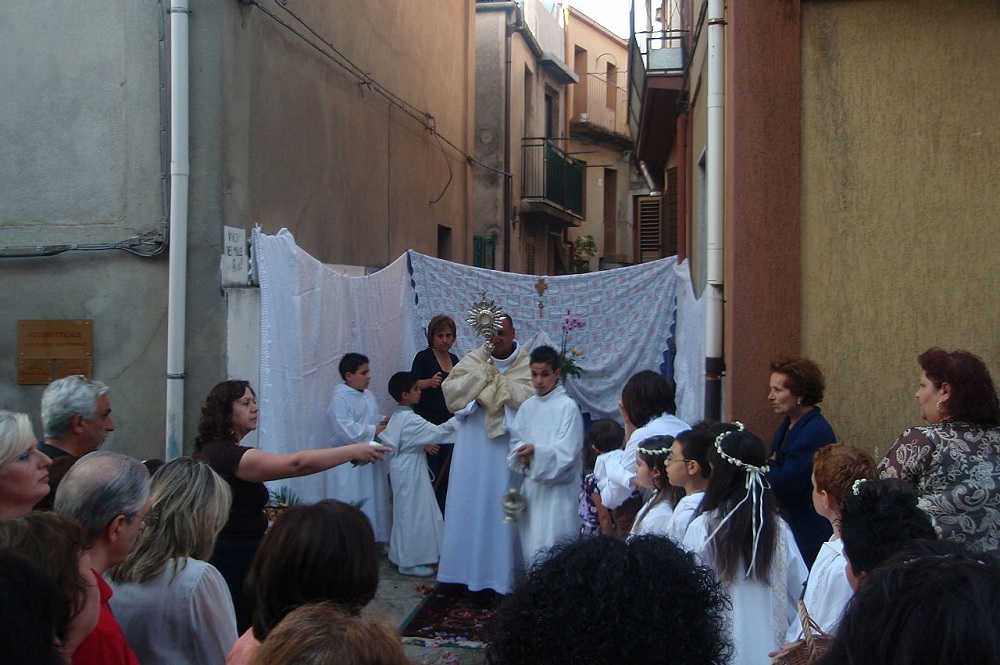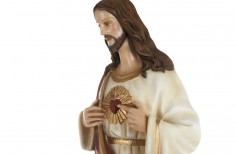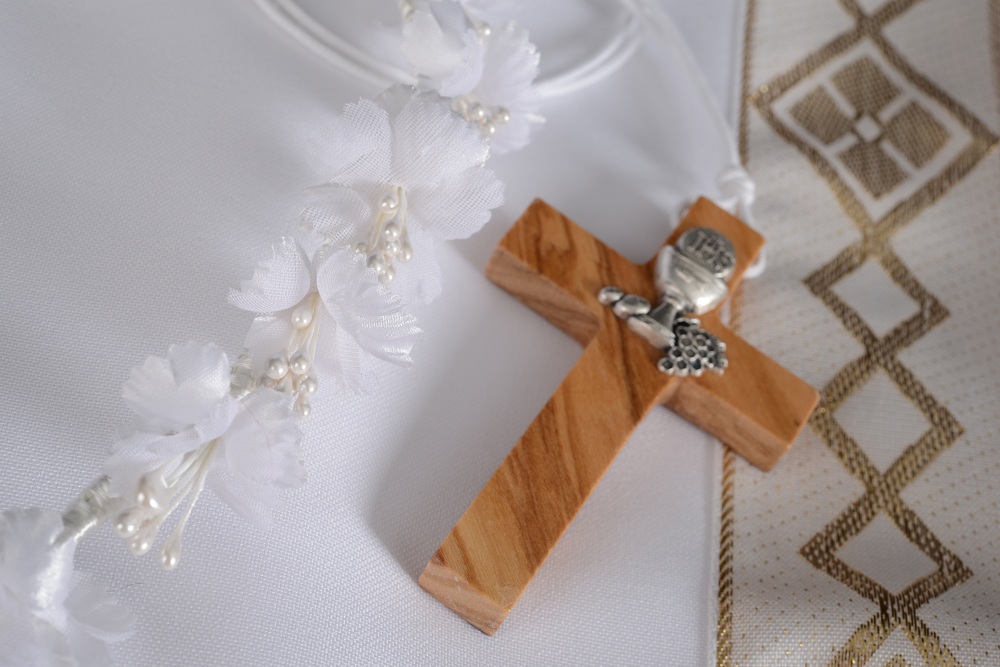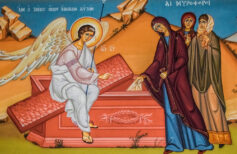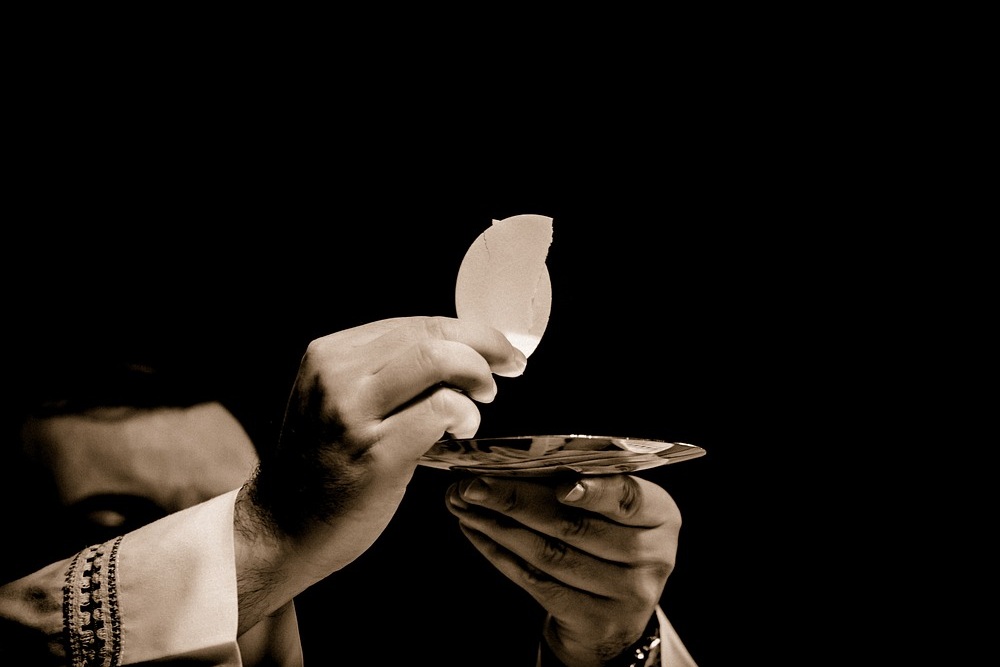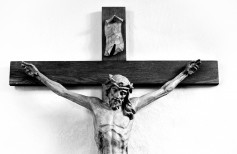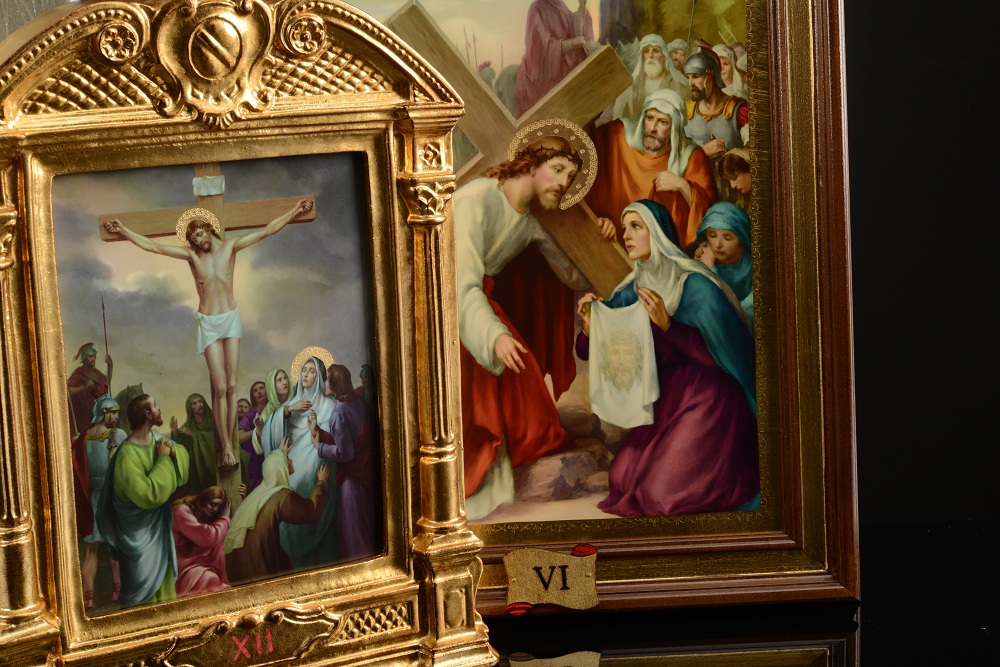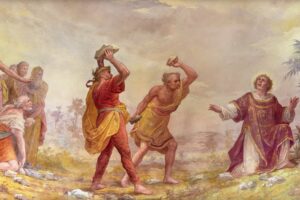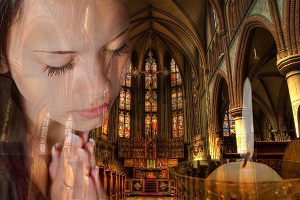The Solemnity of Corpus Christi is one of the most popular. Let’s find out what it commemorates and how it is celebrated in the various areas of Italy.
Contents
The reasons for the success and devotional importance of the feast of Corpus Christi are easy to understand if we stop to think about what it celebrates. The Corpus Christi, or the Body of the Lord, more properly called Solemnity of the Most Holy Body and Blood of Christ, recalls precisely the real presence of Jesus Christ in the Eucharist. As we know, the Eucharist is for Catholics the ritual moment in which the bread and wine offered by the priest who celebrates the Mass become in all and for all the Body and Blood of Christ, through the work of the Holy Spirit. In this miracle, which returns to being real at every celebration, the sacrifice of Jesus is renewed, his offering himself entirely to the apostles at the Last Supper and in general to those who followed him.
So we can say that the feast of Corpus Christi celebrates Jesus’ closeness to man, the highest and most significant moment of His human experience. For this reason, the celebrations that accompany this festival often have a popular character, and take place with processions, processions in costume, sacred representations and other events that involve many people gathered.
Corpus Christi is one of the main celebrations of the liturgical year. It is a mobile feast linked to Pentecost. In fact, the Corpus Christi falls on the Thursday of the second week after Pentecost, i.e. the Thursday after the Solemnity of the Most Holy Trinity. For reasons related to the festive calendar, even if the festival remains on Thursdays, the celebrations are moved to the following Sunday.

The host in the Eucharistic celebration
The host is the unleavened bread that symbolizes the body of Christ during the celebration of the Eucharist, the celebration which started…
But when was this party instituted?
We have to go back to Liège, Belgium, in the 13th century. Here the mystic Giuliana of Retìne, prioress in the Monastery of Monte Cornelio, had a prophetic vision: the moon, full and white, showed a dark shadow on one side. The woman interpreted that vision as a sign that the church was missing something and in this case, a feast dedicated to the Blessed Sacrament. Supported by his spiritual director, the canon John of Lausanne, he submitted to the bishop the proposal to institute a feast that would celebrate the Body of Christ outside of Easter. The proposal was examined by several theologians and in 1246 the feast was fixed by Pope Urban IV for Thursday after the Solemnity of the Most Holy Trinity, with the Transiturus bull. To convince the Pontiff of the need to institute this feast was, in addition to the proposal of Giuliana de Retine, the Eucharistic miracle of Bolsena. In 1245, Peter of Prague, a Bohemian priest returning from a pilgrimage to Rome, stopped at the church of Santa Cristina in Bolsena to celebrate Mass. While he was breaking the consecrated Host he was seized by the doubt of the actual presence of Christ in that holy bread. But the moment this doubt touched him, a few drops of blood poured from the Host that fell on his linen body and the altar’s stones. Later the Pope sent the bishop of Orvieto to verify the incident and recover the body and stones, which were placed in the shrine of the cathedral of Santa Maria and Orvieto, and later in the Cathedral, built specifically to accommodate them.

The meaning of Corpus Christi
The fundamental characteristic of the feast of Corpus Christi is obviously Eucharistic adoration. The Eucharist is exposed so that everyone can give proof of their faith and veneration towards the Body of Christ. Jesus offered His flesh and blood as nourishment for all men, as an instrument of salvation and a promise of eternity. On the occasion of Corpus Christi, the consecrated hosts are placed inside the monstrance, the sacred furnishings used precisely to contain the host during Eucharistic adoration. The priest uses the monstrance itself to bless the faithful. Eucharistic adoration may or may not be accompanied by a solemn procession, as we shall see in many Italian cities. These processions symbolise Jesus walking among men, through their streets, to emphasize how His Blood and His flesh make us even closer to Him, and He to us.
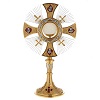
How Corpus Christi is celebrated in the various areas of Italy
On the orders of Pope Urban IV, the Dominican theologian Thomas Aquinas was the first to compose the office of solemnity and Mass of the Corpus et Sanguis Domini. Saint Thomas lived in the convent of San Domenico in Orvieto and it is said that the wooden Crucifix that is still preserved there today had turned directly to the theologian to show his approval for the work he carried out. According to tradition, the Crucifix said to Thomas: “Well scribes, Thoma, de me quam ergo mercedem accipies?” (You spoke well of me, Thomas. What will be your reward?) And Thomas answered: “Not aliam nisi you, Domine!” (Nothing but You, Lord!).
Even the hymn sung during the procession of Corpus Christi and in Vespers, the Pange lingua, the eucharistic hymn par excellence of the Catholic Church, was written and thought by Thomas Aquinas. Let’s just quote the first verse:
Sing, O tongue,
the mystery of the glorious Body
and of the Precious Blood
that the King of the nations, the
fruit of a generous womb,
scattered for the ransom of the world.
As we have already written, during the solemnity of Corpus Christi a consecrated host is exposed to public adoration inside a monstrance, and possibly carried in procession. Each city then has its own customs to celebrate this precious anniversary.
The mysteries of Campobasso
In Campobasso, the feast of Corpus Christi is associated with the Mysteries. These are spectacular Sacred Representations in motion, among the most solemn and majestic in Italy, in which all the inhabitants of the city and many master craftsmen and artists participate. It is a form of popular devotion strongly imbued with folklore that has been set up for hundreds of years and does not fail to attract thousands of faithful visitors every year.
From the sixteenth century, Campobasso was known for its Sacred Representations, and from the following century, the lay brotherhoods implemented their preparation, especially in conjunction with the feast of Corpus Christi. In the middle of the eighteenth century, the local sculptor Paolo Saverio Di Zinno began to design on behalf of the confraternities of the real machines for the representations, to the realisation of which many expert blacksmiths took part. These machines, carried on the shoulders of carriers, were animated by various figures in costume who staged various religious representations, from the Body of Christ, represented by a large chalice, the so-called Chalice, to the Most Holy Trinity, to Santa Maria della Croce, to the Madonna del Rosario. Then there are Mysteries dedicated to the various saints, Saint Stephen, Saint Lawrence, Saint Isidore, Saint Crispino, Saint Gennaro and so on. To the ancient Mysteries, which were twelve, was added a thirteenth in more recent times (1959): the Most Holy Heart of Jesus. The procession of the Mysteries is now organised by a special association sponsored by the Municipality. On the day of Corpus Christi, the archbishop celebrates the Mass in the courtyard of the Association of Mysteries, in the presence of the city authorities, volunteers, figures and bearers. Then the imposing structures are set in motion, the figures take their place, the carriers load them on their shoulders and the procession starts for the joy of the festive crowd.

The Corpus Domini of Orvieto
The Feast of the Corpus Christi of Orvieto is instead characterised by the procession of the ladies, a historical re-enactment that takes place the day before the festival and that proposes scenes of medieval life accompanied by shows of falconry and flag-wavers.
On the day of the actual feast, the historical procession merges with the religious procession giving life to the Historical and Religious Procession of the Corpus Christi, one of the most beautiful in Italy, with over 400 figures in armour and precious costumes made by seamstresses and masters of Orvieto.
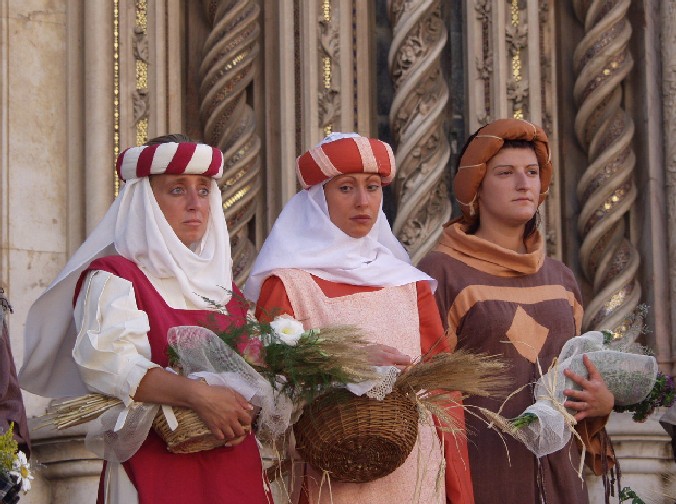
The flowers of Spello
During the transport of Peter’s relics from Prague from Bolsena to Orvieto, it is said that the inhabitants of the villages where the procession passed threw flower petals on the streets as a tribute to Corpus Christi. Hence the Infiorate of Corpus Christi.
In Spello in Umbria, for example, the feast of Corpus Christi is celebrated with flowers. The entire historic centre is covered with carpets and floral paintings that are the scenery to the passage of the monstrance brought by the Bishop and containing the Body of Christ along with a path of about 1.5 km.
The Infiorata of Spello is witnessed since 1602, but over the centuries, instead of just sprinkling the path of the procession of flowers, real groups of flowerers were born that also take a whole year to make their floral carpets, built according to geometric patterns and with the central part that represents figures and symbols linked to the Corpus Domini or other religious subjects. Today the floral rugs are proper colourful paintings that depict religious-social themes made with petals and corollas, and are known all over the world.


